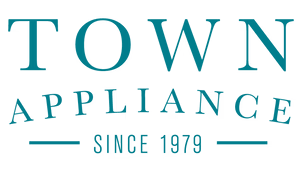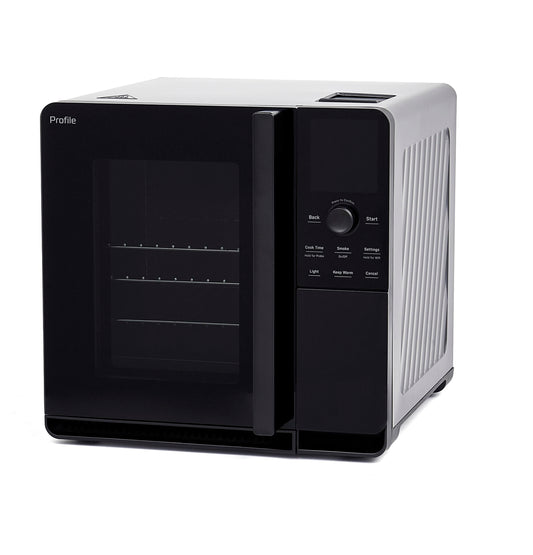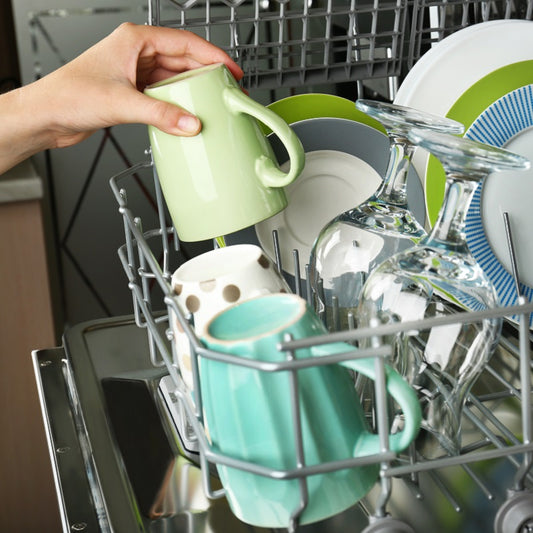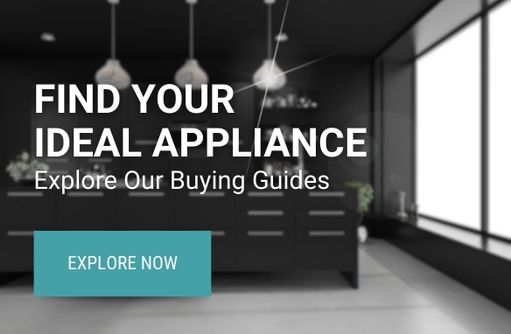When it comes to keeping the air in our homes clean, air purifiers have become a go-to solution for combating indoor air pollution and ensuring a breath of fresh air amidst our indoor environments. Yet, with their rise in popularity, there's been a whirlwind of myths and misconceptions swirling around. So, let's clear the air and get down to what's real and what's not about air purifier safety.
Myth vs. Reality: Setting the Record Straight
Common Misconceptions About Air Purifiers
- Myth: Air purifiers can make indoor air pollution worse. Some folks whisper that air purifiers do more harm than good, kicking up dust, smoke, and all sorts of nasties.
- Myth: All air purifiers produce harmful ozone. This one's a doozy that's been floating around, scaring folks into thinking their pursuit of clean air could be creating an invisible hazard.
- Myth: Air purifiers are a loud, energy-guzzling addition to your home that do little more than rack up your electricity bill.
- Myth: You don't need an air purifier if you keep your house clean.
The Truth Behind the Myths
- Reality: So how do air purifiers work? In short, quality devices are designed with advanced filtration systems that capture and lock away pollutants, significantly improving indoor air quality. They tackle everything from fine dust particles to smoke, ensuring your air is not just recirculated, but genuinely cleaned.
- Reality: While it's true some ozone generators are marketed as air purifiers, many air purification devices are designed to be ozone-free. Opting for an ozone-safe air purifier means you can enjoy fresh air without the worry.
- Reality: Modern air purifiers are marvels of efficiency, combining quiet operation with low energy consumption. They work tirelessly to improve your indoor air quality without making a peep or breaking the bank.
- Reality: Even the tidiest homes can harbor unseen air pollutants like mold spores, pollen, and volatile organic compounds (VOCs). When considering air purifiers or dehumidifiers, it's essential to understand that each serves a unique purpose in improving indoor air quality, with air purifiers specifically designed to filter out airborne particles and dehumidifiers to reduce moisture levels.

The Ozone Controversy: Understanding the Risks
The debate around ozone and air purifiers is a hot topic. While ozone generators are often touted for their ability to purify air, the reality is that they can pose significant health risks by releasing ozone, a powerful lung irritant. However, it's crucial to differentiate between these and ozone-safe air purifiers, which prioritize your health and indoor air quality.
When shopping for an air purifier, opting for an ozone-free model is a wise choice. These devices ensure you can enjoy the benefits of purified air without the potential risks associated with ozone exposure. Doing a bit of homework to identify and choose ozone-free air purifiers can make all the difference in maintaining a safe and healthy indoor environment.
Ionizers and UV Light: Safety Concerns Addressed
Ionization and UV light technologies in air purifiers have stirred up their fair share of safety concerns, but understanding the science behind them can help demystify their use. Ionizers work by charging airborne particles, making them easier to capture on filters. However, they can sometimes produce trace amounts of ozone, so it's important to look for models that meet strict safety standards.
On the other hand, UV light purifiers use ultraviolet light to inactivate airborne pathogens and microorganisms, providing an extra layer of protection. While the use of UV light raises questions about exposure, these systems are designed to contain the light within the device, preventing direct contact with skin or eyes. By understanding the mechanics and safety features of ionizers and UV light purifiers, consumers can make informed decisions that align with their health and safety priorities.

Ensuring Safe Use of Air Purifiers in Your Home
The key to maximizing the benefits of air purifiers while ensuring safety lies in proper operation and maintenance. It's essential to follow the manufacturer's guidelines for use, placement, and regular filter changes. Placing your air purifier in a suitable location, away from direct contact with people and pets, and ensuring it operates at a safe, effective level contributes to its efficiency and safety. Regular maintenance, including cleaning and replacing filters, ensures that your air purifier functions optimally, keeping indoor air quality at its best. By staying vigilant and adhering to best practices for air purifier use, you can enjoy the full benefits of cleaner air without any drawbacks.
Making Informed Choices: Selecting Safe Air Purifiers
Certifications and Standards to Look For
- Certifications from organizations like the AHAM (Association of Home Appliance Manufacturers) can guide you to safe and effective air purifiers that meet strict air quality standards.
Recommended Features for Health and Safety
- HEPA filters for trapping fine particles
- Carbon filters for odors and gasses
- Noise level specifications for a quiet operation
- Energy efficiency ratings for sustainable use
Breathe Easy: Final Thoughts on Air Purifier Safety
Now, let's take a deep, clean breath—because if there's anything to take away from this, it's that yes, air purifiers are safe when chosen and used correctly. By dispelling myths and understanding the nuances of air purification technology, we empower ourselves to make choices that enhance our home's indoor air quality, health, and comfort. Whether it's dust, smoke, or other pollutants, a well-chosen air purifier can be a game-changer for breathing easier and living better. Here's to making informed, empowered choices for a healthier home environment!







